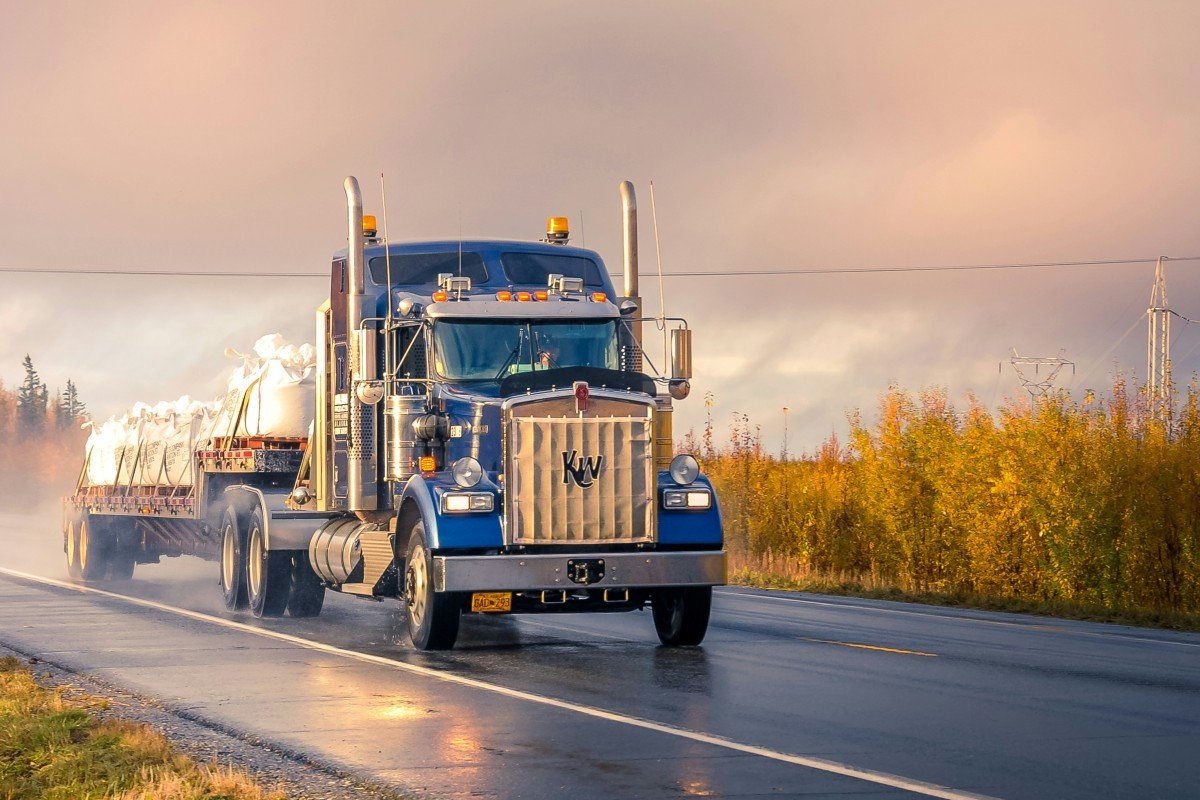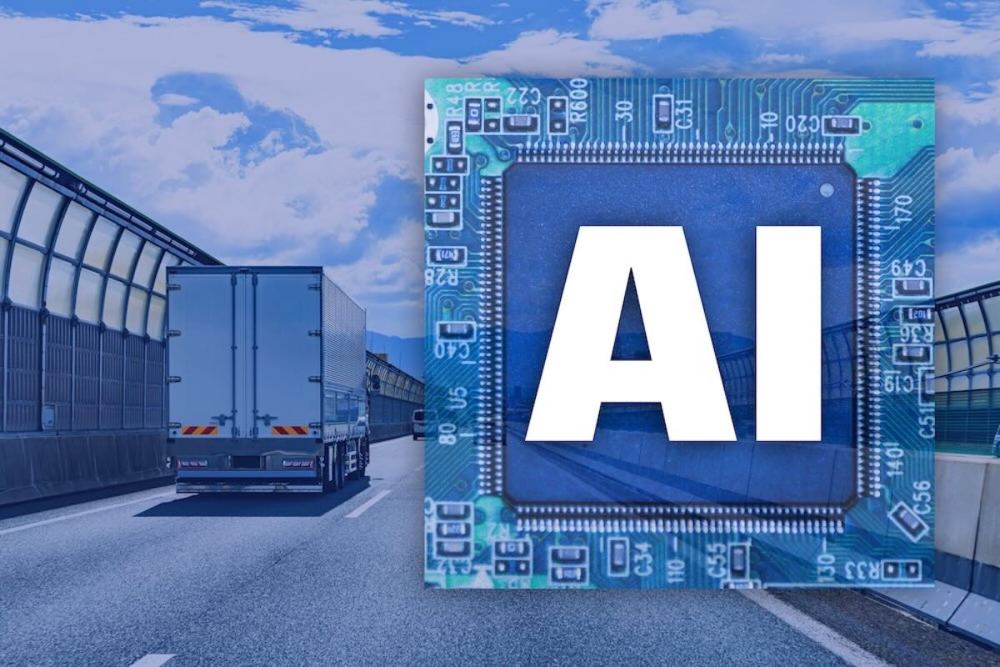The cost of a new semi-truck ranges from $150,000 to $270,000, depending on whether you choose a basic day cab or a fully equipped sleeper, while a well-maintained used semi-truck with 400,000–700,000 miles usually sells for $40,000 to $80,000.
In short, buying a semi truck is one of the biggest decisions an owner-operator or small fleet can make.
Few drivers or small businesses have the ability to purchase a truck outright with their own money, which is why semi truck financing is one of the most common paths to ownership.
Whether you are entering the trucking industry for the first time, growing a fleet, or replacing older commercial vehicles, knowing how commercial truck financing works gives you an edge.
What Is Semi Truck Financing?
Semi truck financing is a lending solution that helps drivers and small businesses purchase or repair a truck without paying the full cost up front. Instead, you make a down payment, borrow the remaining balance through a truck loan, and repay it over a set loan term with monthly payments and an agreed interest rate.
In most cases, lenders evaluate several factors before approval: your credit score, social security number, business history, and the value of the semi truck you want to buy.
The truck itself often serves as collateral, lowering risk for the lender and giving owner operators access to capital they may not get elsewhere.
Unlike personal loans, commercial truck financing is tailored for commercial vehicles and the realities of trucking. The financing terms can be adjusted to fit your unique needs, whether that’s a single used semi truck or multiple trucks for a growing fleet.

Types of Commercial Truck Financing Options
There are several ways to structure truck financing, each with different benefits depending on your situation.
Bank Loans and Credit Unions
Traditional banks and credit unions sometimes offer commercial truck loans. These typically come with lower interest rates, but they are often harder to qualify for.
Banks usually want strong credit, tax returns, and a long-standing business account history. For small businesses or first-time owner-operators, this can be a barrier.
Direct Lenders and Specialized Truck Finance Companies
Working with a direct lender that specializes in semi truck financing offers faster approvals and more flexible terms. These lenders understand the industry and can evaluate multiple factors beyond just credit score, helping you get a commercial loan even with a bad credit score.
Mission Financial Services, for example, provides truck financing solutions designed for drivers with bad credit, first-time buyers, or small fleets needing quick access to cash for a purchase.
Lease-to-Own and In-House Financing
Some dealerships provide lease-to-own options or in-house truck financing. Instead of making a large down payment, you lease the truck with the ability to buy it outright later.
This can work well for drivers who want to test a used semi truck before committing. However, it’s important to read the fine print, understand the total cost compared to a traditional loan, and check up on leasing regulations.
SBA Loans for Trucking Businesses
The Small Business Administration (SBA) is a government body that offers loan programs that can support commercial truck financing. They are partially guaranteed by the government, making them less of a risky investment for lenders. That said, they require extensive paperwork, a strong credit application, and more time to process.
For drivers who need faster approval or have limited credit history, specialized semi truck financing through a provider like Mission Financial Services is often a better fit.

The Semi Truck Loan Process (Step-by-Step)
Getting approved for semi truck financing involves several stages. Knowing what to expect can save time, reduce stress, and improve your odds of approval.
Here’s a clear step-by-step breakdown.
1. Prepare Your Application
Start by gathering the documents and details that lenders typically require:
- Social Security Number and a valid driver’s license
- Business account details and proof of income (settlement statements, tax returns)
- Bank statements showing cash flow and reserves
- Vehicle details (new or used semi truck, purchase price, mileage, VIN)
Being fully prepared with a complete credit application shows lenders you’re serious, reduces back-and-forth delays, and makes it easier to qualify for the right truck loan.
2. Submit Your Paperwork to Lenders
After organizing your documents, submit them to a semi-truck financing provider. Lenders evaluate several factors, including your credit history, driving record, and the value of the truck.
If you have bad credit, focus on strengthening other areas, like demonstrating consistent cash flow, having a stable service line, or making a larger down payment with your own money.
3. Wait for Loan Approval
The approval timeline varies by lender. Banks and credit unions may take weeks, especially if they view trucking as a risky investment.
In contrast, specialized commercial truck financing companies can issue conditional approvals in 24 hours or less. For example, Mission Financial Services is known for fast approvals (as quick as four hours), helping drivers secure trucks before other buyers finalize a deal.
4. Review the Loan Terms
Once approved, carefully review your offer. Pay attention to:
- Loan term length (how long you’ll be making payments)
- Interest rate, fixed or variable
- Monthly payments and whether they fit your budget
- Any fees or prepayment penalties
Understanding the full cost of the truck financing agreement ensures you don’t lock yourself into terms that strain your business.
5. Funding and Truck Purchasing
When you accept the loan, funds are sent directly to the seller or dealership. You’ll make your down payment, sign the loan term paperwork, and complete the purchase.
From there, your monthly payments begin, covering principal and interest until the truck loan is fully repaid. At this stage, you’ve successfully secured your semi truck and can put it into service for your business operations.

Tips to Improve Your Approval Odds
Even if you’re worried about bad credit or being new to the industry, there are ways to strengthen your credit application for semi truck financing:
- Save for a down payment: Putting your own money into the deal shows commitment and lowers risk for lenders.
- Check your credit: Correcting errors on your credit report can improve your credit score and your ability to qualify.
- Organize business documents: Having a clear account of your income, expenses, and service line builds confidence with lenders.
- Choose the right truck: Opting for a reliable used semi truck at a fair value can make approval easier than financing an expensive new model.
- Highlight experience: Owner-operators with years in the industry often get better interest rates than first-time buyers.
Taking a little time to get your paperwork in order and showing that you’ve put skin in the game makes a big difference. The stronger your application looks, the better your chances of getting approved for semi truck financing with terms and payments you can actually manage.
Conclusion
Semi truck financing opens the door for drivers who want to build a career or expand a business without draining their savings on day one. With the right plan, you can turn a single used semi into a steady income stream or scale up a small fleet into a sustainable trucking business.
The key is understanding the process, preparing your application, and choosing a lender that understands the realities of this industry.
Mission Financial Services works with owner operators, first-time buyers, and small businesses to make commercial truck financing accessible – even if banks have turned you away in the past.
From covering the cost of a down payment to funding multiple trucks, we provide flexible terms that help you get approved and keep your trucks on the road.
Ready to finance your next semi truck and move your business forward? Start your credit application with Mission Financial Services today.

































